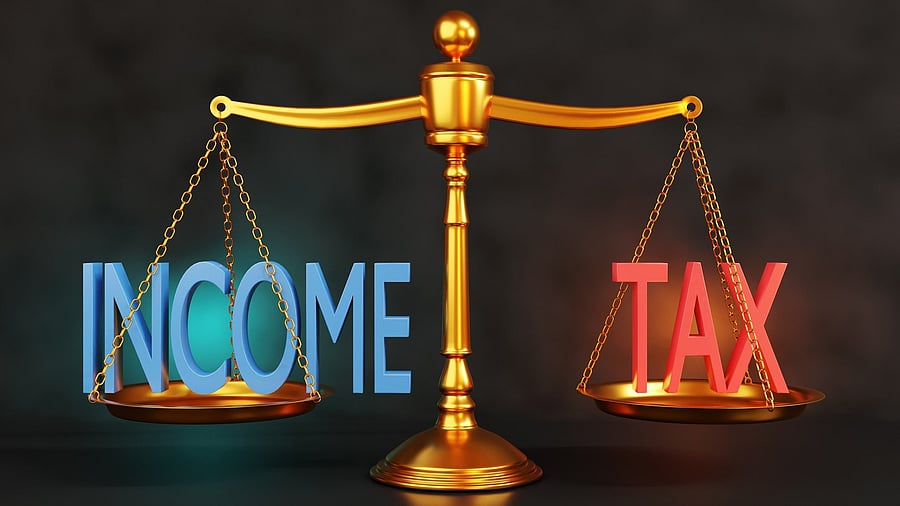
Representative image indicating income tax.
Credit: iStock Photo
New Delhi: If you have long-term capital gains up to Rs 1.25 lakh from the sale of listed equity shares and equity-oriented mutual funds, then you can file your income tax return this year by using the simpler ITR-1 Sahaj form.
The Central Board of Direct Taxes (CBDT) has notified two ITR forms ITR-1, which is also called Sahaj and ITR-4, which is known as Sugam, for the financial year 2024-25 or the assessment year 2025-26.
Till previous years, taxpayers having any capital gains were not allowed to file a tax return using the ITR-1 form.
As per the new form notified by the CBDT, individuals who are residents (other than not ordinarily resident) earning an income upto Rs 50 lakh and having income from salaries, one house property, other sources, long-term capital gains under section 112A up to Rs 1.25 lakh, and agricultural income upto Rs 5000 can file their income tax return using ITR-1.
“It removes the burden of navigating more complex forms. The change is expected to encourage greater voluntary compliance, reduce filing-related stress, and make the system more inclusive and user-friendly for small taxpayers,” said Samir Kanabar, Tax Partner, EY India.
“We hope that this is just the beginning towards better compliance and simplification and expect more to come,” Kanabar added.
However, there is a catch. Under the ITR-1 there is no option to carry forward or set off loss under the capital gains head. Also, if you have any short-term capital gains from listed equity and equity mutual funds or from selling of house property then you cannot use ITR-1.
The ITR-4 or Sugam form is meant for individuals, Hindu undivided families (HUFs) and firms (other than LLP) being a resident having total income upto Rs 50 lakh and who have an income from business and profession computed under sections 44AD, 44ADA or 44AE, and having long-term capital gains upto Rs 1.25 lakh.
CBDT’s notification regarding the new income tax return forms is dated April 29, 2025. However, the changes will take retrospective effect from April 1, 2025.
These changes will apply to the incomes earned between April 1, 2024, and March 31, 2025.